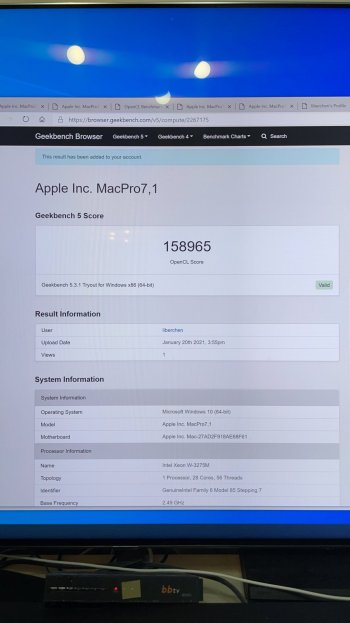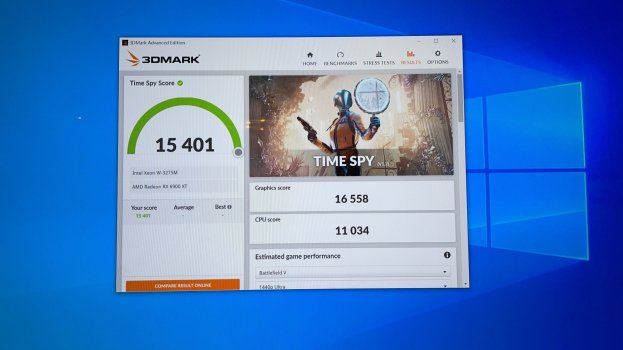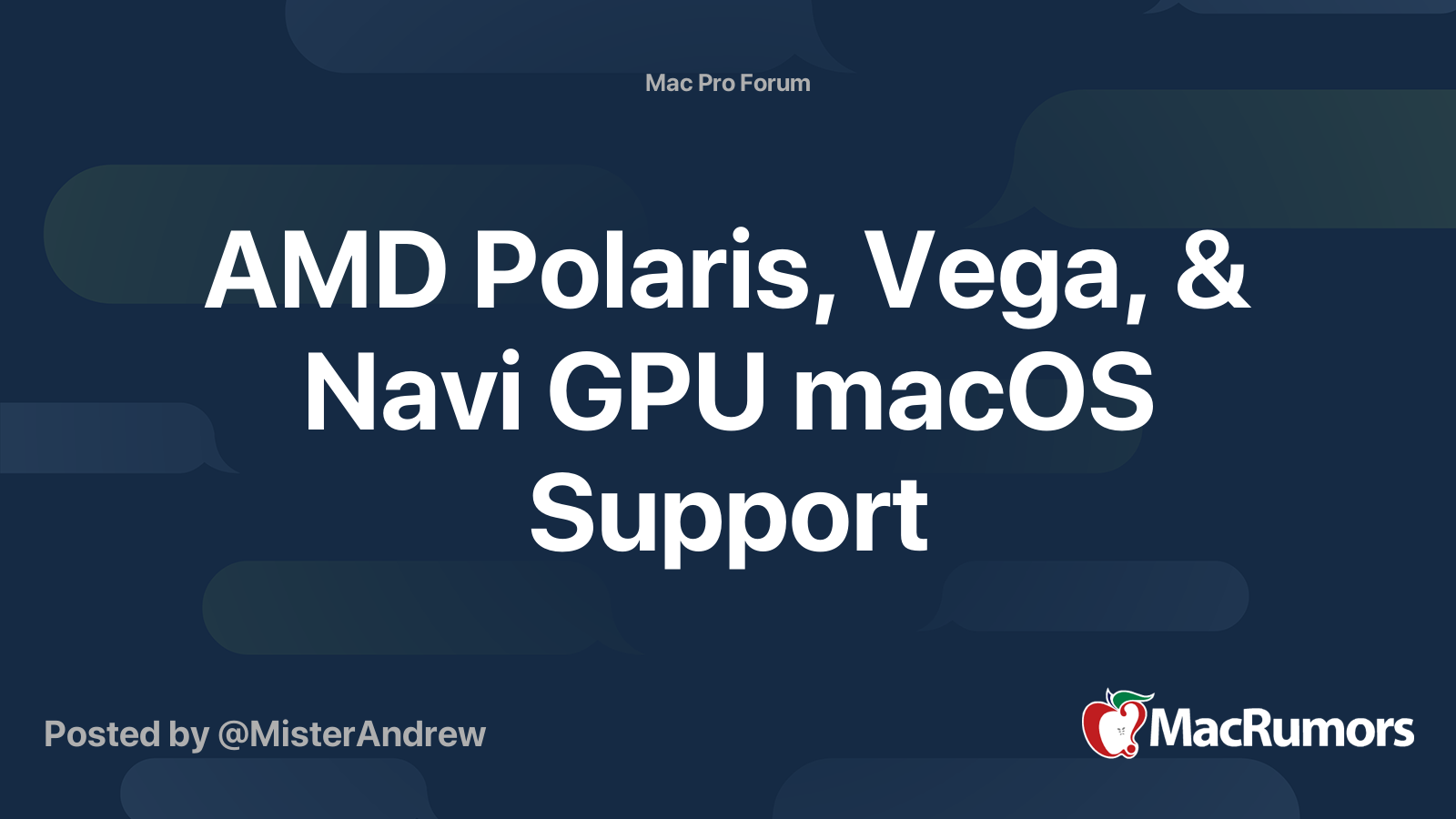So are you saying they would release an AS MP with an SoC that has decent graphics (e.g. RX5700 standard), but much weaker than a Vega II Duo / RX6900XT? And that this machine won't have PCIe slots for better GPUs?
Sort of, but not quite. AS MP will not use "traditional" GPUs. It won't ship with them and it won't offer expansion for GPUs via PCIe.
They will need to increase their AS GPU cores until they reach the level they are after. Currently the Mac Mini M1 uses 8 GPU cores and scores 22000-23000 in GB5. The Vega II (single) scores almost 4.5x that—98000. Apple would need to increase the core count from 8 to 36 or more to reach "2019 level performance".
Going by loose rumours, that is what they are doing right? We've seen numbers like "up to" 128 cores being thrown around. Let's look at it. I'm casually using GB5 numbers as that is what I've got.
Mac Mini M1: 22'500
Mac Pro Vega II: 98'000
Mac Pro 6000-series: 175'000
Mac Pro 6000-series, Dual Duos: 700'000
AS MP 32 core: 90'000
AS MP 64 core: 180'000
AS MP 128 core: 360'000
I trust you understand that these numbers are a gross over simplification based on anecdotal data. Still, it's something we can reason about.
My guess is we'll see M2 products in the MacBook Pro and iMac lineup with maybe 32 GPU cores. That would rival today's mid to semi high end GPUs. Great!
I also think we'll see a first gen AS MP based on this M2 chip. I think it will be significantly cheaper than the 2019 Mac Pro, but it will have fewer PCIe slots and ports. Along with this, the 2019 will get new MPX modules based on 6000-series chips from AMD.
The AS MP will be the best computer for "almost everyone". But the Intel MP with dedicated GPUs will still be stronger in a few scenarios.
Once the 64/128 GPU chips get here, the AS MP will be unrivalled. And you're right: 4-6 years was a stretch. But I don't think Apple will have the stronger GPU chips ready for the small AS MP later this year. I'm guessing 2022 at the earliest. And they won't be 'upgradable', whereas the 6000-series can be doubled up, like today. Maybe even quadrupled with 2x Duos.
Apple could have done this at any point in the last 15 years, but for whatever reason (though easy to guess), has declined to do so.
Up until now, Apple's Mac Pro efforts have basically been them selling integrations of other vendor's parts as a glorified case maker. With their own chip and system design, the AS MPs will be brought neatly into the fold together with other popular Macs.
There is no way Apple could be selling the 2019 Mac Pro as their top machine in 2024-6. It gets beaten by Ryzen systems today.
But it doesn't. There are no Ryzen Mac Pros. It can't get beaten by a product that doesn't exist. But as I corrected myself above: I agree that the AS MP will take the absolute crown around the 2024 mark. That is, when the second gen AS MP gets here.





